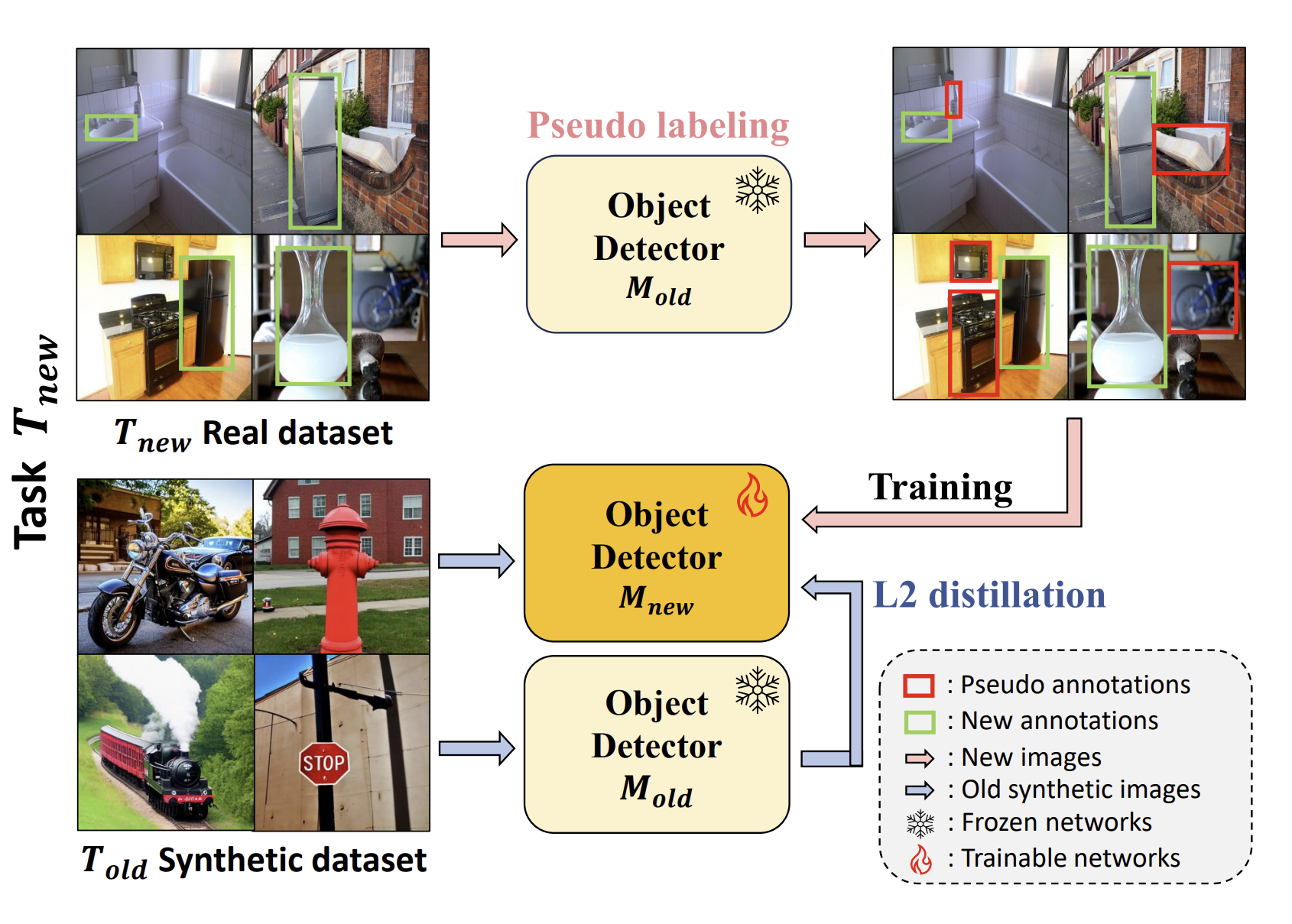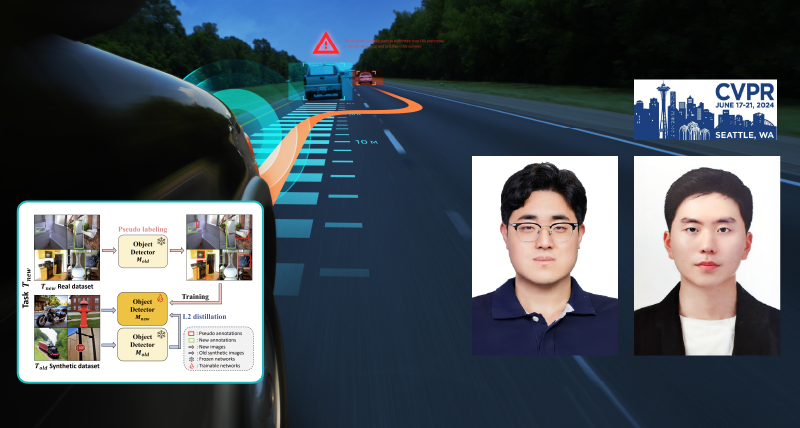The core technology of artificial intelligence (AI) lies in its ability to retain existing knowledge while learning new information. This capability is crucial for AI systems to function effectively in various applications, much like the human ability to recall past experiences while acquiring new ones.
Professor Seungryul Baek and his research team in the Graduate School of Artificial Intelligence at UNIST have developed a novel technology called, Stability Diffusion-Based Deep Generative Replay’ (SDDGR) that enables AI to learn new information while preserving existing knowledge.
The SDDGR technology has transformed various aspects of daily life with its ubiquitous effectiveness, making it an essential tool in smart home appliances, robotics, and medical fields. Notably, SDDGR is particularly effective in self-driving cars, enabling them to accurately recognize road objects and drive safely. In a security context, SDDGR can accurately detect intruders and trigger prompt alerts.

Figure 1. The SDDGR (Stability Diffusion-Based Deep Generative Replay) model is depicted in this schematic image, which shows how it operates.
The previously developed ‘Class Incremental Learning (CIL)‘ technology had limitations in recognizing and classifying multiple objects in an image. To address this challenge, the SDDGR technology has emerged. It generates high-quality images and helps maintain prior knowledge through iterative processing. By leveraging advanced learning methods, SDDGR enhances accuracy when processing new data.
Moreover, SDDGR offers economic benefits by reducing data storage and processing costs through efficient data reuse. According to the research team, this approach is expected to yield significant economic benefits for businesses.
Professor Baek Seung-ryul noted, “The SDDGR model will greatly contribute to improving the accuracy of continuous object detection in various industries.”
First author Junsu Kim added, “We have demonstrated the practical effectiveness of SDDGR technology in various applications, which will enable companies to develop better AI models with reduced costs and time.”
The research findings will be presented on June 21 at the CVPR 2024, a global computer vision conference scheduled to take place from June 17 to 21 in Seattle, U.S.A. The research was supported by the Ministry of Science and ICT (MSIT), the National Research Foundation of Korea (NRF), the Information and Communication Planning and Evaluation Institute (IITP), the Korea Institute of Maritime Affairs and Fisheries Science and Technology (KIMST), LG Electronics, and CJ AI Center.
Journal Reference
Junsu Kim, Hoseong Cho, Jihyeon Kim, et al., “SDDGR: Stable Diffusion-based Deep Generative Replay for Class Incremental Object Detection,” CVPR, (2024).












